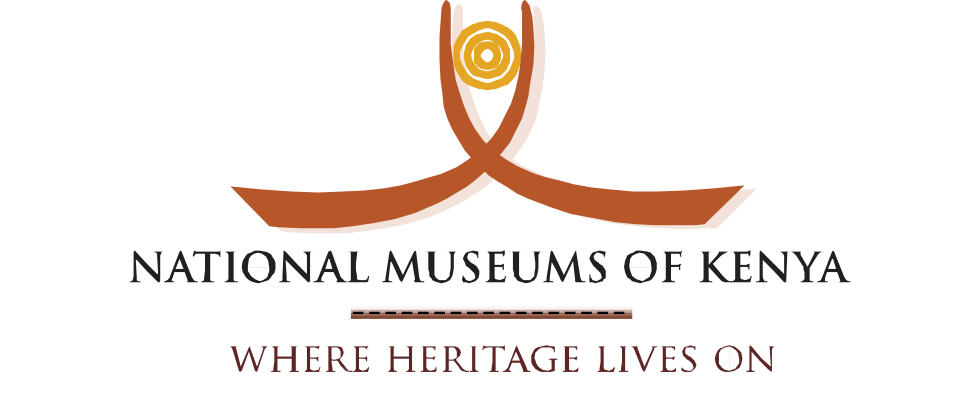The Turkana Database posted here contains 13,548 published records of fossil vertebrate remains from the Turkana Basin in northern Kenya. This exceptional collection of fossils representing diverse extinct animals of northern Kenya is housed at the National Museums of Kenya (specimens collected mainly between 1963 and 2004). Some of the most recent collections (2005-2009) are stored at the Turkana Basin Institute (TBI) facilities at Ileret, northeast of Lake Turkana.
The Turkana Database is a specimen-based compilation of fossil vertebrates from the late Cenozoic of the Turkana Basin (from about 1 to 7 million years ago). Currently the entire database has 16,997 records including all published specimens (13,548 records) and many unpublished ones (3,449 records), which are not yet available on the public database. The Turkana Database provides taxonomic, provenience, stratigraphic context, skeletal part, taphonomic, and other associated data for 28 mammalian families (including the Hominidae) and other vertebrate groups from the Koobi Fora, Nachukui, Kanapoi, and Nawata formations. The fossils represent tens of thousands of hours devoted to searching, collecting, cataloguing, and conserving by hundreds of researchers and skilled technicians since the 1960’s.
The database was created in partnership with the National Museums of Kenya. The data were compiled, entered, and checked primarily by René Bobe (Department of Anthropology, University of Georgia) in collaboration with Anna K. Behrensmeyer (Department of Paleobiology, National Museum of Natural History and Evolution of Terrestrial Ecosystems Program (ETE), Smithsonian Institution, Washington, DC). Both Behrensmeyer and Bobe have participated directly in field and laboratory activities in connection with this database as part of this international community of paleontologists, geologists, and paleoanthropologists. NMK Paleontology staff, graduate students from Rutgers, George Washington, and the University of Georgia, and interns sponsored in part by the Smithsonian Institution also participated in data entering and related collections work. The initial databasing effort was supported by a Smithsonian Scholarly Studies grant to Behrensmeyer and Bobe (1999-2001) and by the National Science Foundation (Grants BCS-0137235 and BCS-0422048).
The Turkana Basin Paleontology Database (original name) has been freely available to the scientific community since 2002 through the Paleontology Section, Earth Sciences Department, National Museums of Kenya (NMK) (https://www.museums.or.ke/) or through requests to Bobe, and it has been used for research papers, undergraduate projects, dissertations, or for curatorial purposes at NMK. The database has promoted data analysis and hypothesis testing, leading to research presentations at professional meetings (Behrensmeyer et al., 2005; Behrensmeyer et al., 2003; Bobe, 2010a, b; Bobe & Behrensmeyer, 2007; Bobe & Leakey, 2009b; Copes & Potts, 2005; Hakala & Bobe, 2010; Haradon et al., 2004)as well as articles and book chapters in the peer-reviewed literature (Bobe, 2006; Bobe & Behrensmeyer, 2004; Bobe et al., 2007; Bobe & Leakey, 2009a).
As part of its mission to facilitate research into the study of terrestrial faunas, floras, and environmental change over geological time, ETE is very pleased to make this database accessible via its website.
Turkana Database Downloads
TurkanaPublicDatabase
References
Literature Cited:
Behrensmeyer, A.K., Bobe, R., Campisano, C.J., 2005. Change through time in mammalian abundance and diversity in the East African Mio-Pleistocene fossil record. North American Paleontological Convention. PaleoBios, Halifax, Canada, pp. 18-19.
Behrensmeyer, A.K., Bobe, R., Potts, R., 2003. Ecosystem disruption and the emergence of the genus Homo in East Africa. American Association for the Advancement of Science. AAAS, Denver.
Bobe, R., 2006. The evolution of arid environments in eastern Africa. Journal of Arid Environments 66(3), 564-584.
Bobe, R., 2010a. The ecological importance of abundance in early hominids. American Journal of Physical Anthropology Supplement 50, 69.
Bobe, R., 2010b. Estimating time ranges in Plio-Pleistocene hominids. Journal of Vertebrate Paleontology, 61A.
Bobe, R., Behrensmeyer, A.K., 2004. The expansion of grassland ecosystems in Africa in relation to mammalian evolution and the origin of the genus Homo. Palaeogeography, Palaeoclimatology, Palaeoecology 207, 399-420.
Bobe, R., Behrensmeyer, A.K., 2007. The Turkana Basin Paleontological Database: an archive of vertebrate evolution in eastern Africa. East African Association for Paleoanthropology and Paleontology, Nairobi, pp. 22-23.
Bobe, R., Behrensmeyer, A.K., Eck, G.G., Harris, J.M., 2007. Patterns of abundance and diversity in late Cenozoic bovids from the Turkana and Hadar Basins, Kenya and Ethiopia. In: Bobe, R., Alemseged, Z., Behrensmeyer, A.K. (Eds.), Hominin Environments in the East African Pliocene: An Assessment of the Faunal Evidence. Springer, Dordrecht, pp. 129-157.
Bobe, R., Leakey, M.G., 2009a. Ecology of Plio-Pleistocene mammals in the Turkana Basin and the emergence of Homo. In: Grine, F.E., Fleagle, J.G., Leakey, R.E. (Eds.), The first humans: origins of the genus Homo. Springer, Dordrecht, pp. 173-184.
Bobe, R., Leakey, M.G., 2009b. Timing the appearance of Homo in the Turkana Basin. PaleoAnthropology 2009(A4).
Copes, L., Potts, R., 2005. Are hominin fossils and paleoenvironmental data precisely associated in the stratigraphic records of Turkana and Olduvai? PaleoAnthropology 2005, A56.
Hakala, S., Bobe, R., 2010. Lateral and temporal distribution of mammalian fauna from early Pleistocene Koobi Fora Formation, East Turkana. Journal of Vertebrate Paleontology, 100A.
Haradon, C., Behrensmeyer, A.K., Bobe, R., Wood, B., 2004. Are early hominin hypodigms biased samples? American Journal of Physical Anthropology Supplement 37, 108.
